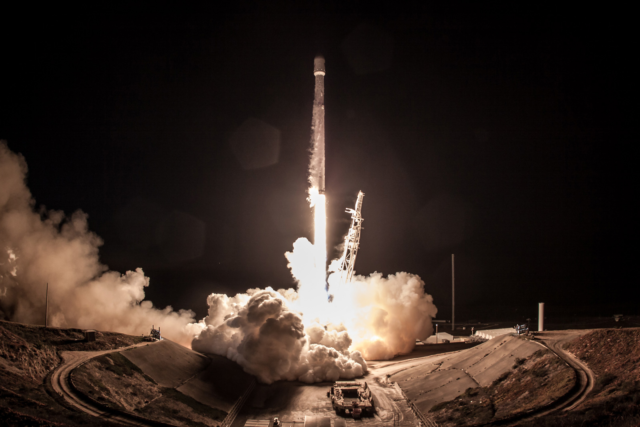PREVIOUS
SpaceX
March 2 , 2018
2608 days
1345
0
- Space X has launched the Paz mission with two experimental satellites Tintin A (Microsat-2a) and Tintin B (Microsat-2b) from the Space Launch Complex 4E at California's Vandenberg Air Force Base.
- Space X has completed the launch of its mission using a recycled Falcon 9 rocket.
- These two satellites, if successful will pave the way for Star link, a constellation of satellites that would provide a cheap, high speed, global Internet connection.
- Star link will have 12,000 small satellites in two layers — low earth orbit (LEO) and very low earth orbit (VLEO).
- The LEO constellation will provide high-speed broadband services around the world; the VLEO constellation will enhance capacity.

- The UN Broadband Commission for Sustainable Development estimated in 2016 that 57% of the world’s population was offline.
- Paz mission is mainly about the Spanish radar imaging satellite with applications such as border control, intelligence, military operations, environmental monitoring.
- Satellites in LEO constellation will operate in the frequency bands of Ku, Ka and V band.
- Satellites in VLEO constellation will operate in the frequency bands of V band.
- LEO located in the altitude of 1110-1325 km above the earth.
- VLEO located in the altitude of 335-346 km above the earth.
Leave a Reply
Your Comment is awaiting moderation.


